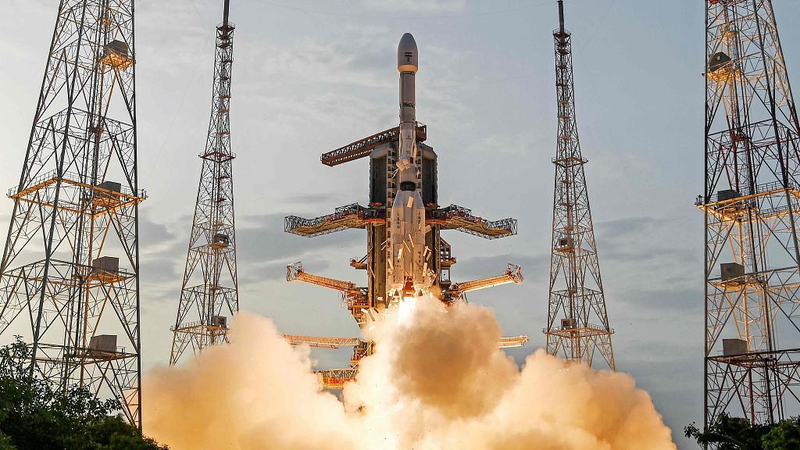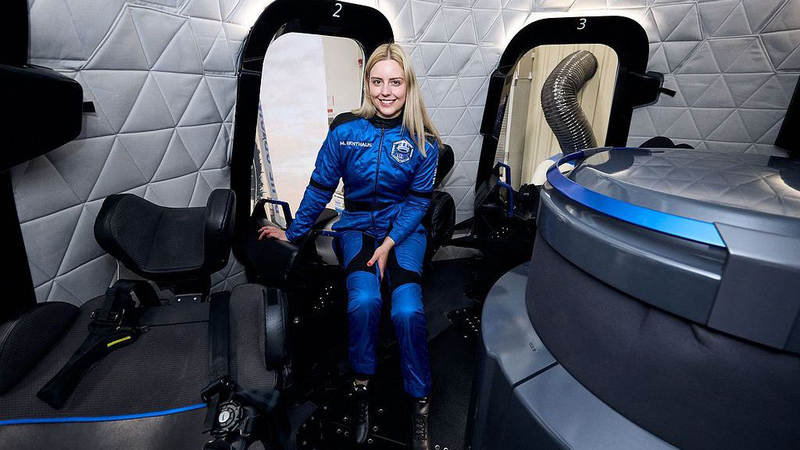On Wednesday, a landmark collaboration between ISRO and NASA took flight from the Satish Dhawan Space Center in Sriharikota: the NISAR Earth-observing satellite launched aboard the GSLV-F16.
NISAR (NASA-ISRO Synthetic Aperture Radar) is designed as a global microwave imaging mission using both L- and S-band frequencies. Its advanced dual-band Synthetic Aperture Radar employs a novel SweepSAR technique, enabling the satellite to capture fully polarimetric and interferometric data.
By combining dual-band radar with high-resolution, large-swath imaging, NISAR can pierce through clouds, map icy polar regions, track deforestation, and detect subtle shifts in Earth's surface like volcanic activity or land subsidence.
This mission marks a milestone for space-based environmental monitoring. Researchers, policymakers, and disaster response teams worldwide will tap into NISAR's rich data stream to better understand climate change, manage natural resources, and respond to emergencies faster.
As NISAR begins its orbital work, the world will get an unprecedented, global radar eye on our planet – transforming how we study Earth and paving the way for future international space collaborations.
Reference(s):
cgtn.com




